Related Research Articles

The Clusiaceae or GuttiferaeJuss. (1789) are a family of plants including 13 genera and ca 750 species. Several former members of Clusiacae are now placed in Calophyllaceae and Hypericaceae. They are mostly trees and shrubs, with milky sap and fruits or capsules for seeds. The family is primarily tropical. More so than many plant families, it shows large variation in plant morphology. According to the APG III, this family belongs to the order Malpighiales.

The Primulaceae, commonly known as the primrose family, are a family of herbaceous and woody flowering plants including some favourite garden plants and wildflowers. Most are perennial though some species, such as scarlet pimpernel, are annuals.
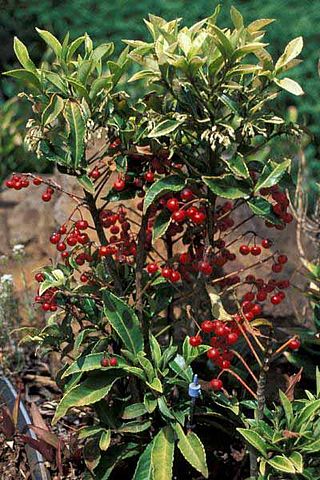
Myrsinoideae is a subfamily of the family Primulaceae in the order Ericales. It was formerly recognized as the family Myrsinaceae, or the myrsine family, consisting of 35 genera and about 1000 species. It is widespread in temperate to tropical climates extending north to Europe, Siberia, Japan, Mexico, and Florida, and south to New Zealand, South America, and South Africa.

George Valentine Nash was an American botanist. He was the Head Gardener and Curator of the Plantations at the New York Botanical Garden, for whom he did field work in the Bahamas, South Florida and Haiti.
Martín Sessé y Lacasta was a Spanish botanist, who relocated to New Spain during the 18th century to study and classify the flora of the territory. The standard author abbreviation Sessé is used to indicate this person as the author when citing a botanical name.
Paul Arnold Fryxell was an American botanist known for his work on flowering plants, especially those within the Malvaceae.

Jean Baptiste Christophore Fusée Aublet was a French pharmacist, botanist and one of the earliest botanical explorers in South America. He was one of the first botanists to study ethnobotany in the Neotropics.
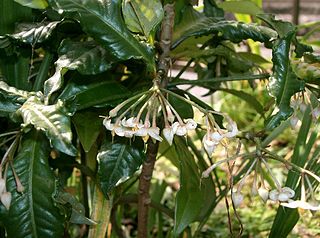
Ardisia is a genus of flowering plants in the family Primulaceae. It was in the former Myrsinaceae family now recognised as the myrsine sub-family Myrsinoideae. They are distributed in the Americas, Asia, Australia, and the Pacific Islands, mainly in the tropics. There are over 700 accepted species. One species, Ardisia japonica is one of the 50 fundamental herbs in traditional Chinese medicine.
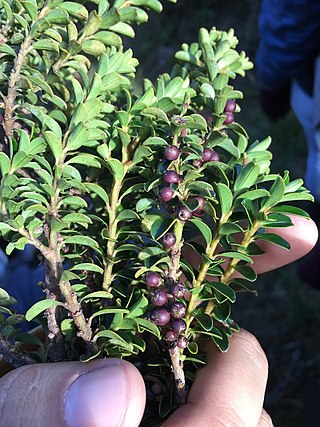
Parathesis is a genus of flowering plants in the family Primulaceae. There are about 95 species distributed from Mexico to South America and the Caribbean. Plants of this genus can be distinguished by glandular papillae on the lobes of the flower corolla and bright yellow anthers.

Guzmania monostachia is an epiphytic species in the genus Guzmania. Also known as a West Indian tufted airplant, this species is native to South America, Central America, the West Indies and Florida. The species is also reportedly naturalized in Hawaii.
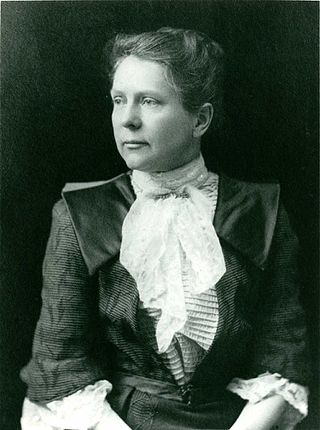
Elizabeth Gertrude Britton was an American botanist, bryologist, and educator. She and her husband, Nathaniel Lord Britton, played a significant role in the fundraising and creation of the New York Botanical Garden. She was a co-founder of the predecessor of the American Bryological and Lichenological Society. She was an activist for the protection of wildflowers, inspiring local chapter activities and the passage of legislation. Elizabeth Britton made major contributions to the literature of mosses, publishing 170 papers in that field.
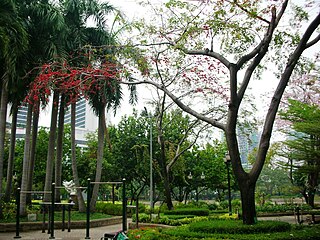
Barnebydendron riedelii, also known as monkey-flower tree, is a species of flowering plants in the legume family, Fabaceae. It belongs to the subfamily Detarioideae. It is the only member of the genus Barnebydendron. It is a tree reaching 10–12 m in height with scarlet red flowers. Originally it came from tropical dry forests of Central America and tropical South America but it has been extensively grown in tropical areas worldwide as a garden tree.

Jesse More Greenman was an American botanist. He specialized in tropical flora, with emphasis on plants from Mexico and Central America. He was an authority on the genus Senecio and noted for his work at the Missouri Botanical Garden.
Bassett Maguire was an American botanist, head curator of the New York Botanical Garden, and a leader of scientific expeditions to the Guyana Highlands in Brazil and Venezuela.
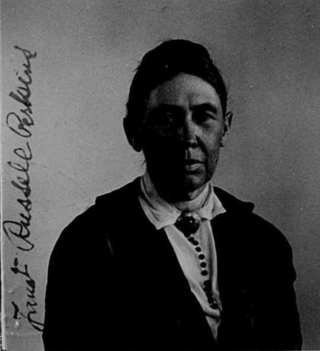
Janet Russell Perkins was an American-born botanist. Perkins authored 191 land plant species names, the tenth-highest number of such names authored by any female scientist.
Lloyd Herbert Shinners was a Canadian-American botanist and professor who had expertise in the flora of Texas and Wisconsin.
Brian Morey Boom is an American botanist who specializes in the flora of the Guianas and the Caribbean, the family Rubiaceae, ethnobotany, and economic botany.

Scott Alan Mori was a swiss and american botanist and plant collector. He specialized in the systematics and ecology of neotropical Lecythidaceae and Amazonian and Guianian floristics.

Michael Jeffrey Balick is an American ethnobotanist, economic botanist, and pharmacognosist, known as a leading expert on medicinal and toxic plants, biocultural conservation and the plant family Arecaceae (palms).
Paul Edward Berry is an American botanist and curator. He is Director of the Wisconsin State Herbarium.
References
- ↑ "Marlberries". Garden Views. Fairchild Tropical Botanic Garden, Virtual Herbarium. Autumn 2003.
- 1 2 3 "Pipoly, John James". JSTOR Global Plants.
- ↑ "Commencement Fall Term 1978, Michigan State University" (PDF).
- ↑ "Scott A. Mori" (PDF). New York Botanical Garden.
- 1 2 3 Work, Deborah (June 26, 2015). "Master Gardeners' leader publishes rain forest research". South Florida Sun-Sentinel. Also published in at this link in the Boynton Forum], Forum Publishing Group, Inc., Tamarac, Florida, volume 50, number 25, July 1, 2015, page 7 (subscription required).
- 1 2 Kelloff, C. L.; Alexander, S. N.; Funk, V. A. (2013). "10. Smithsonian Plant Collections, Guyana: John J. Pipoly, III: An Update" (PDF). Contributions to the Study of Biological Diversity. 4.
- 1 2 "John Pipoly, Ph.D., Adjunct Professor". Halmos College of Natural Sciences and Oceanography, Nova Southeastern University (NSU) Florida. Archived version.
- ↑ "Former NYBG Student Helps Solve Murder". Plant Talk,New York Botanical Garden (NYBG). March 3, 2011.
- ↑ Simmonds, N. W. (2008). "Review of Advances in Legume Science edited by R. J. Summerfield and A. H. Bunting". Experimental Agriculture. 17 (1): 112. doi:10.1017/S0014479700011327. ISSN 0014-4797.
- ↑ International Plant Names Index. Pipoly.